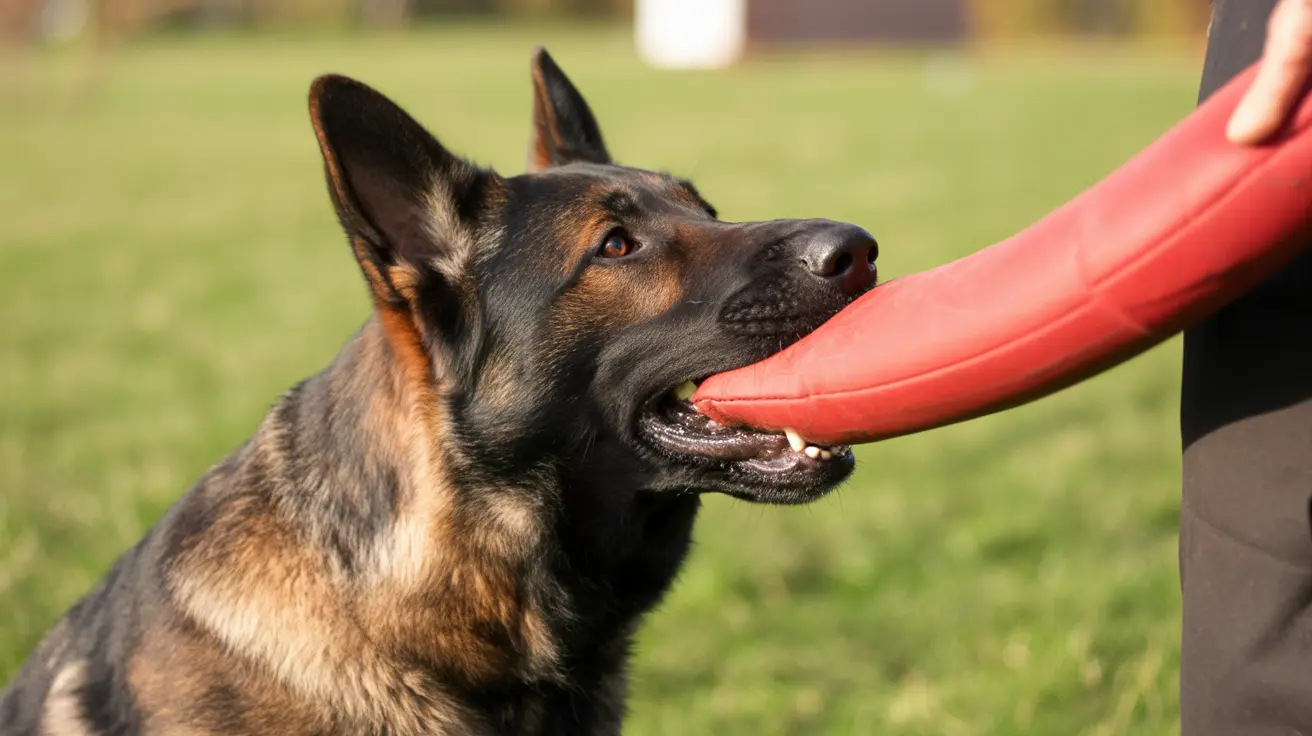Understanding German Shepherd Bite Force Measurements
German Shepherds typically exhibit a bite force ranging from 238 to 300 pounds per square inch (PSI). This measurement places them in the upper tier of domestic dog breeds in terms of jaw strength, though not at the absolute top. The most commonly cited figure of 238 PSI represents the average bite force under controlled testing conditions.
To put this in perspective, the average human bite force is approximately 120-140 PSI, meaning a German Shepherd can bite with roughly twice the force of a human. This significant difference highlights why proper training and handling are crucial for these powerful dogs.
Comparing Bite Forces Across Breeds
While German Shepherds possess impressive jaw strength, several other breeds demonstrate even higher bite forces:
- Kangal: 743 PSI
- Cane Corso: 700 PSI
- Rottweiler: 328 PSI
- American Pit Bull Terrier: 241 PSI
- Belgian Malinois: 200 PSI
These comparisons help contextualize the German Shepherd's bite force within the broader spectrum of canine capabilities, showing that while powerful, they're not among the most forceful biters in the dog world.
Factors Affecting Bite Force Strength
Several key factors influence a German Shepherd's bite force:
- Jaw structure and muscle development
- Age and overall health
- Size and gender
- Genetics and breeding history
- Training and socialization
Dogs from working lines, particularly those bred for police or military service, may exhibit stronger bite forces due to selective breeding for physical capability and working drive.
Practical Applications in Working Roles
The German Shepherd's bite force is particularly valuable in various professional capacities:
- Law enforcement apprehension work
- Military operations
- Search and rescue
- Personal and property protection
Their ability to combine strong bite force with exceptional training capability makes them invaluable assets in these roles.
Training and Safety Considerations
Despite their powerful bite force, German Shepherds are known for their controllability and precision. Proper training should focus on:
- Early socialization
- Bite inhibition training
- Consistent obedience work
- Positive reinforcement methods
Regular training and proper socialization help ensure that these dogs use their strength appropriately and respond reliably to handler commands.
Frequently Asked Questions
How strong is the bite force of a German Shepherd compared to other dog breeds?
German Shepherds have a bite force of 238-300 PSI, placing them in the middle to upper range among large breeds. While significant, this is less than breeds like the Kangal (743 PSI) or Cane Corso (700 PSI).
What factors influence the bite strength of a German Shepherd?
Bite strength is influenced by jaw structure, muscle development, age, health status, genetics, and breeding history. Working-line German Shepherds may have stronger bites than show-line dogs.
How is a German Shepherd's bite force measured accurately?
Bite force is measured using specialized equipment like digital bite meters and pressure sensors in controlled laboratory settings. These tools measure the pressure applied per square inch (PSI) during a bite.
Why is German Shepherd bite force important in police and protection work?
The combination of strong bite force and precise control makes German Shepherds excellent for apprehending suspects and providing protection. Their bite force is strong enough to be effective but controllable enough to be safe when properly trained.
How can training and socialization affect the risk of biting in German Shepherds?
Proper training and socialization significantly reduce the risk of inappropriate biting. Early exposure to various situations, consistent obedience training, and positive reinforcement help ensure German Shepherds use their bite force only when appropriate and commanded.






